I had intended this entry to be about our heating system and DHW, but due to the interest and debate on MVHR silencers, have brought this entry forward.
As reported in a previous blog entry, I’ve been aware of fan noise being emitted from the individual room supply and extract terminals. The valves themselves do go some way of dampening down the noise, so acoustic valves may well be a good solution, but I decided to go down the route of building my own silencer following some discussion on the main board.
A check of the various offcuts in the garage revealed some sheet MDF, plenty of CLS, various pieces of 150mm plastic ducting (supplied by BPC but not required during installation), half a box of screws, and three opened tubes of different types of sealant.
Whilst it may well have been simpler to buy a ready made silencer for circa £50, I fancied a small project, and felt I would be able to produce something more effective (i.e. a larger silencer) for less cost.
So, having assembled all the constructional materials, I ordered a sheet of egg box self adhesive acoustic foam from ebay.
With an audience watching proceedings I set about constructing the box itself.
I decided on a rectangular shape, 900mm x 600mm x 300mm as this was about as big as I could make it without causing myself problems getting it into the loft next to the MVHR unit.
As you can see from the pictures, I constructed a fairly simple timber frame and clad it with MDF sheet. Acoustic foam was stuck to the internal surfaces of the MDF, with additional strips of foam being added if any of the timber framing remained visible.
A generous bead of sealant seals the perimeter of every piece of MDF to the frame, and to all external MDF joints. I then taped up all external joints as a belt and braces approach. The end panel remains removable, as I used some foam tape as the sealing gasket rather than sealant.
Using a jigsaw, I cut out 150mm holes in the top and end of the box and sealed in place short lengths of 150mm plastic duct, the idea being that these permanent connection points could then be fitted with whatever additional rigid or flexible ducting was required to make the final connections to the MVHR unit.
Cutting the plastic duct was a bit of a challenge due to the inherent flex in the pipe - it simply isn't as thick walled / strong as drain pipe. After a couple of failed attempts at getting a straight cut, I switched to using my mitre saw. Holding the duct against the back upright guide on the saw, I simply brought the blade down for the first cut, then rotated the duct against the back plate until the blade had cut all the way round the duct. This produced nice, clean straight cuts.
To finish, I wrapped the whole box in foil backed insulation and taped it all up.
Up into the loft, I fitted a couple of pieces of timber as a supporting platform for the silencer and positioned it next to the MVHR unit. Using a mix of flexible and rigid ducting, I made the final connections to the MVHR unit and supply manifold.
Having switched the unit back on, the difference was immediately noticeable. Even in the dead of night I cannot hear fan noise from any of the supply terminals, so it appears as if my home made silencer is doing its job, and doing it well.
We still have fan noise being emitted from extraction terminals so I’ll be fitting a silencer on the extract duct as well. The plan is to use the silencer BPC are sending me. Whether it will be as effective given it’s far smaller size and therefore has a smaller sound absorption surface, remains to be seen. I hope so, but if not, I do have enough material left to make another DIY (albeit smaller) silencer.
Next entry will be – Heating system and DHW
-
 4
4


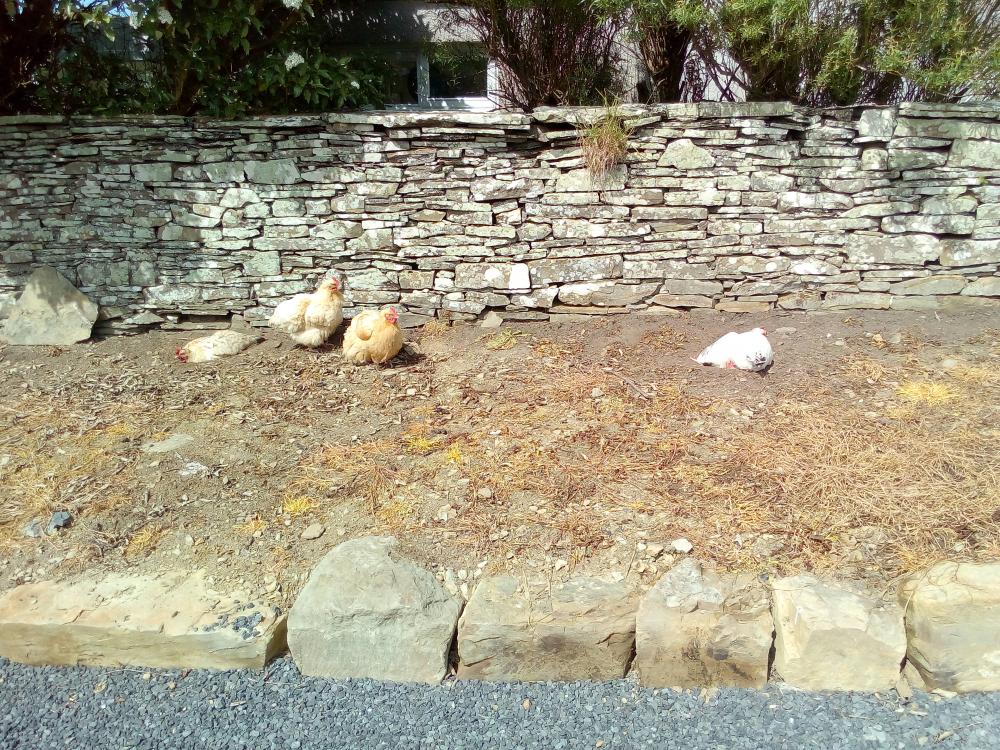
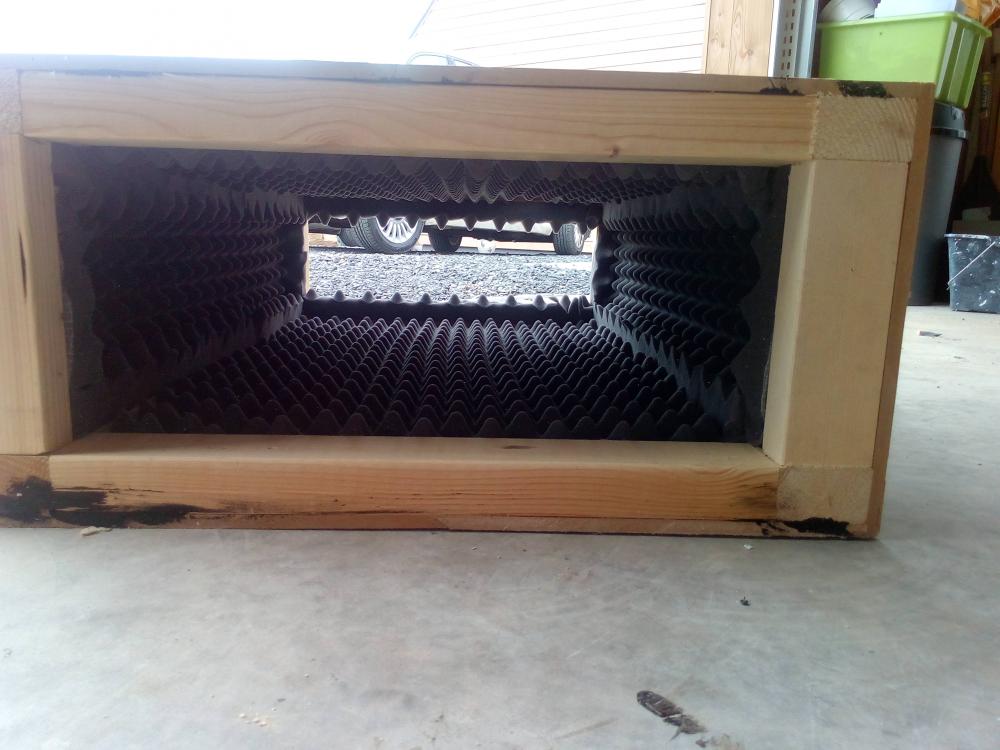
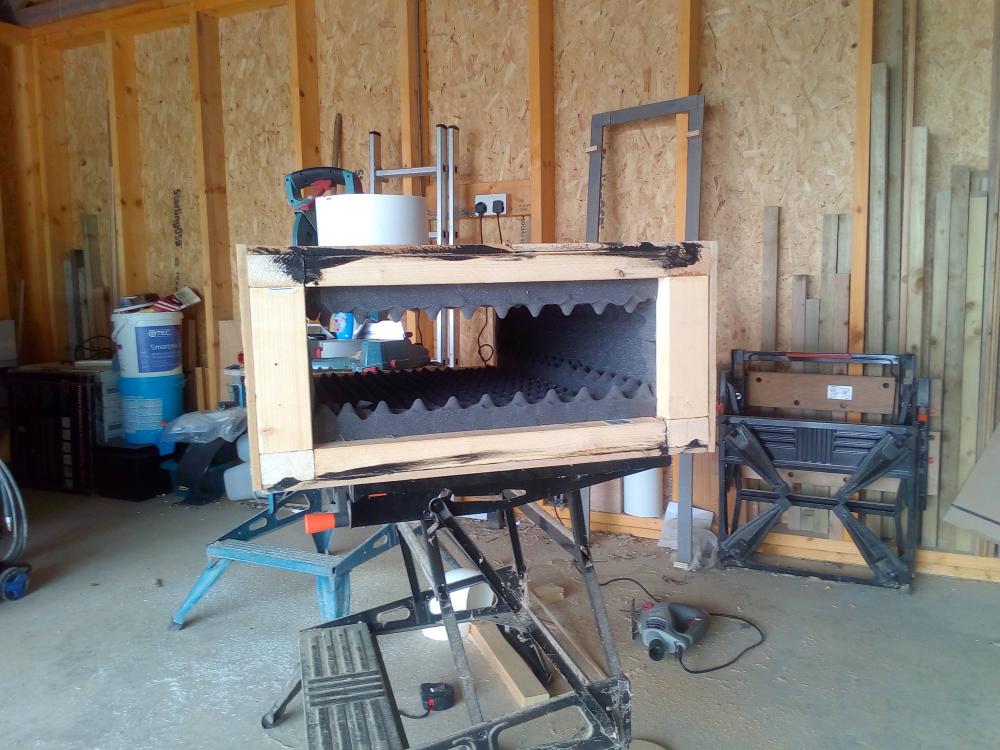
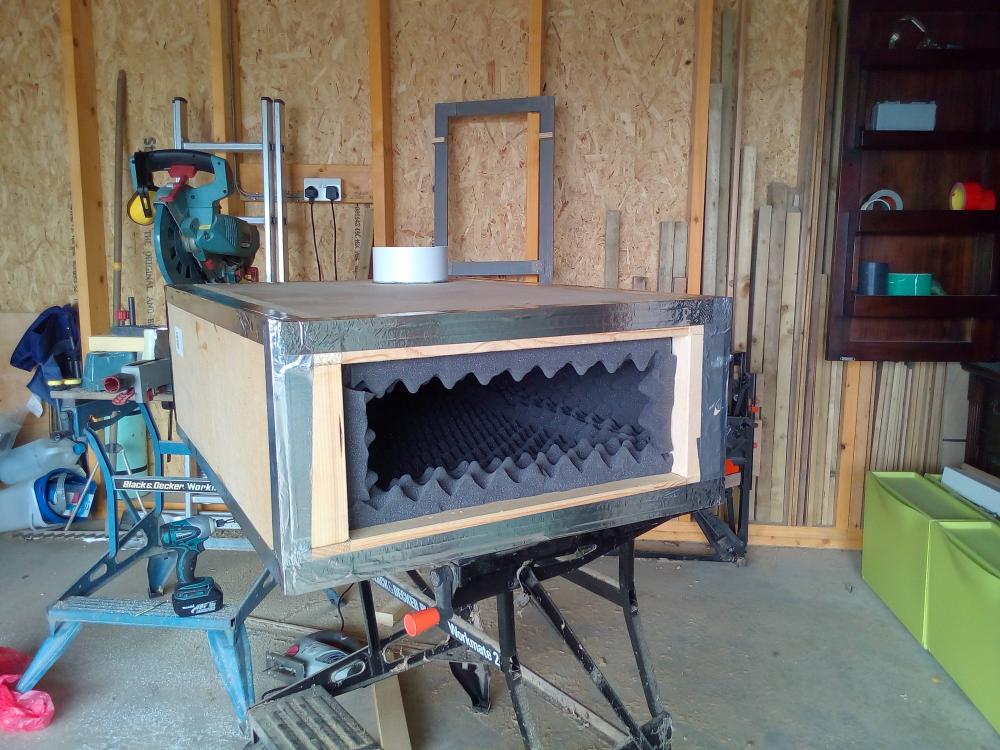
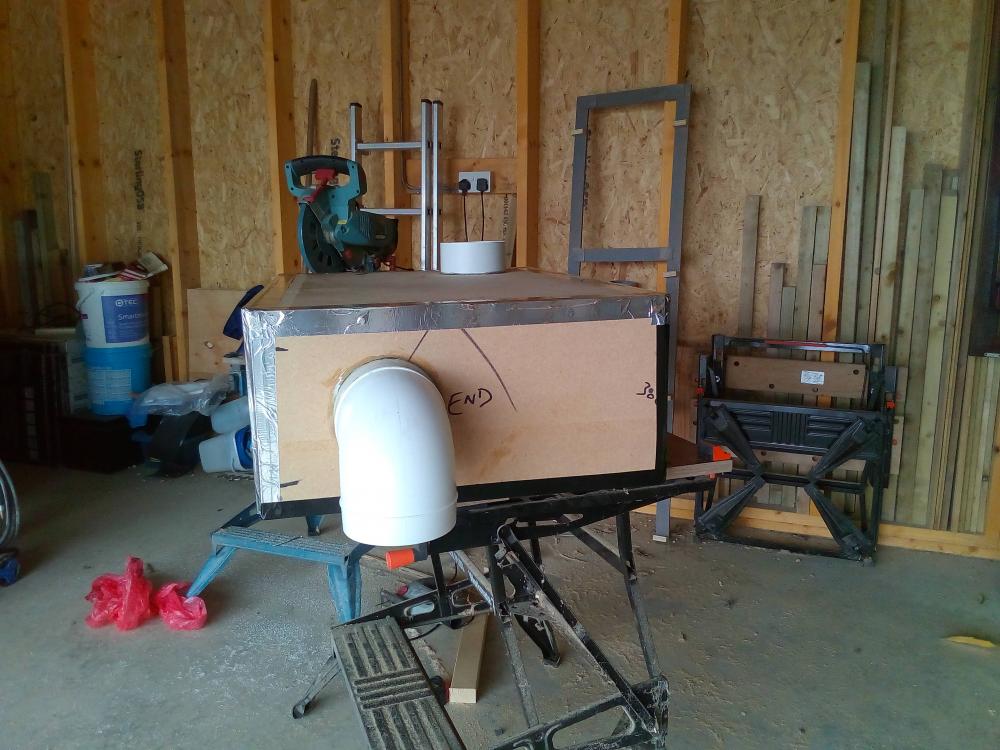
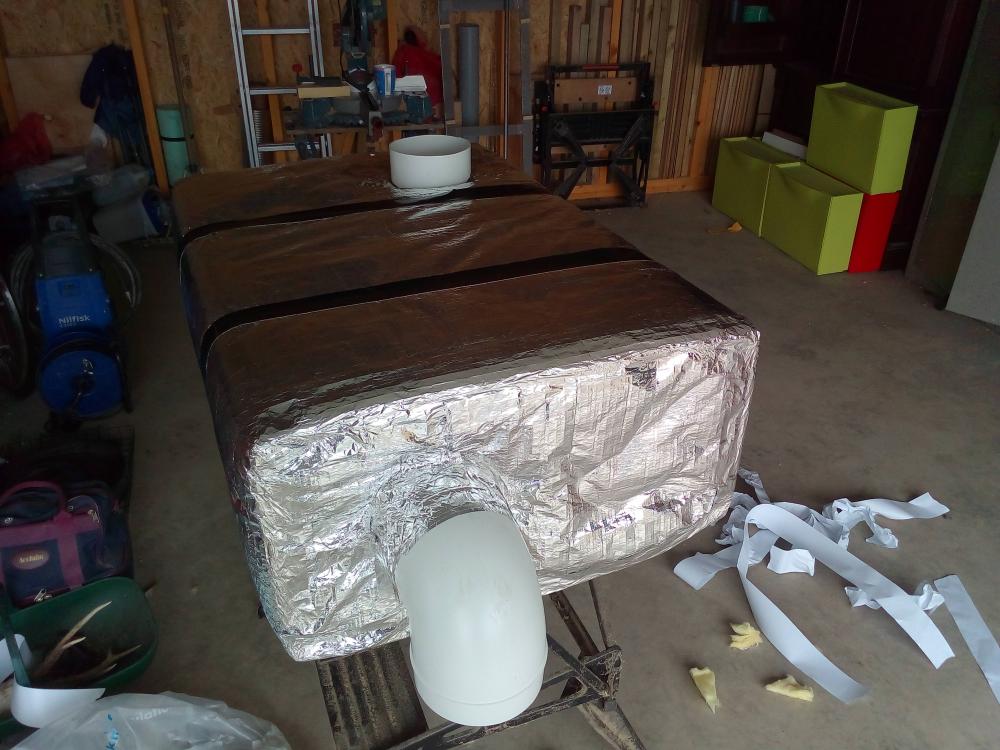
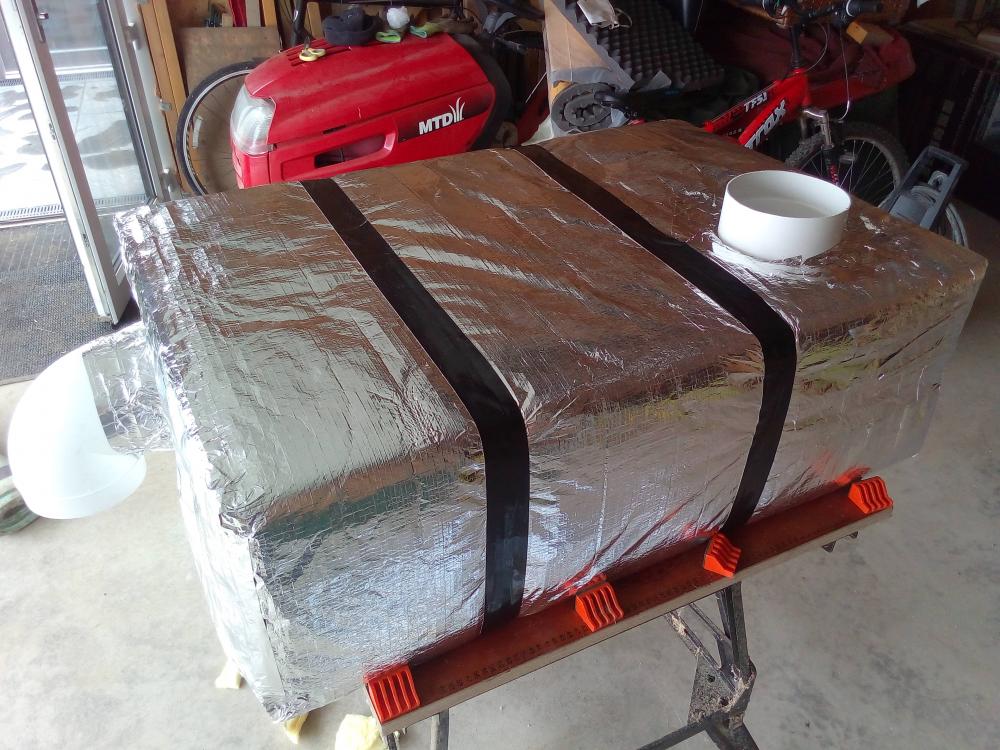
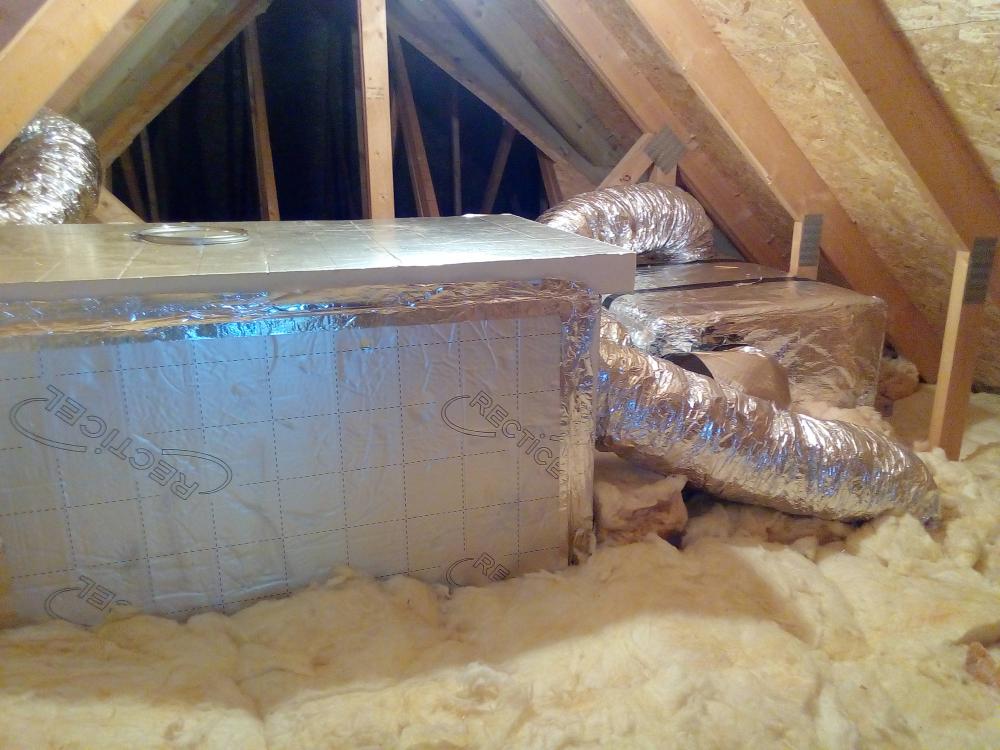
15 Comments
Recommended Comments
Create an account or sign in to comment
You need to be a member in order to leave a comment
Create an account
Sign up for a new account in our community. It's easy!
Register a new accountSign in
Already have an account? Sign in here.
Sign In Now